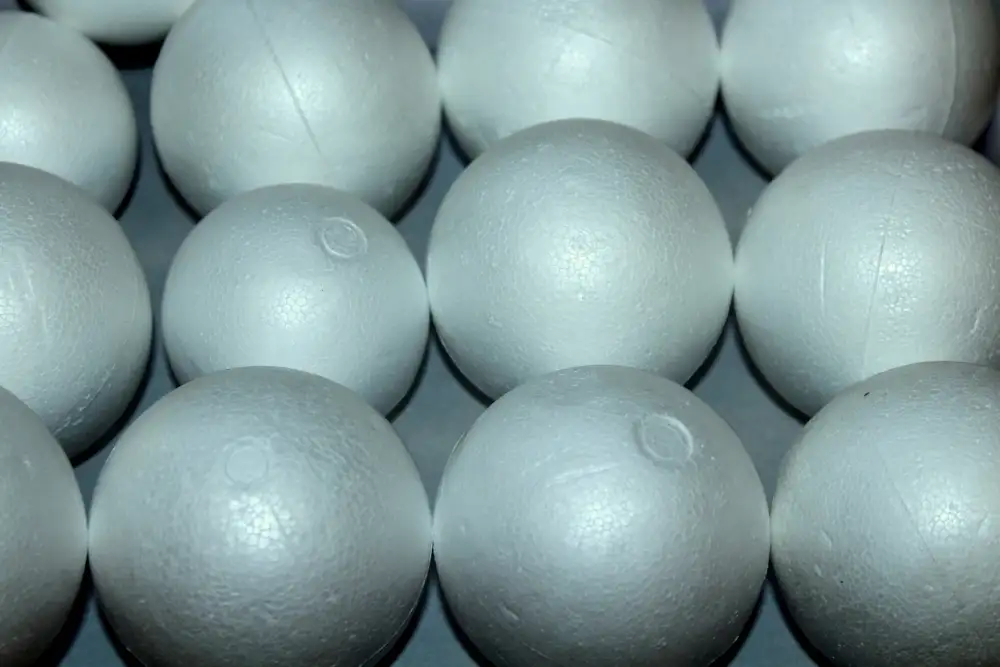Is it Safe to Microwave Styrofoam? Unveiling the Truth About Styrofoam in the Microwave

Microwaving food has become a convenient and time-saving method for many households. However, there is often confusion and concern surrounding the safety of microwaving certain materials, particularly Styrofoam. In this article, we will delve into the truth about microwaving Styrofoam and whether it poses any risks to our health. By understanding the composition of Styrofoam and exploring alternative options, we can make informed choices for a healthier home.
Understanding Styrofoam: What is it Made of?
Styrofoam, also known as expanded polystyrene foam, is a popular material used for packaging and insulation. It is made from a petroleum-based plastic called polystyrene. The manufacturing process involves expanding the polystyrene beads with steam, which creates the lightweight and insulating properties of Styrofoam. The final product is a rigid foam material that is commonly used for disposable food containers, cups, and plates. However, it's important to note that Styrofoam is not biodegradable and can have negative environmental impacts if not properly disposed of.
The Potential Risks of Microwaving Styrofoam
Microwaving Styrofoam can pose potential risks to your health and the environment. When exposed to high temperatures, Styrofoam can release harmful chemicals like styrene into your food. These chemicals have been linked to various health issues, including respiratory problems, hormonal imbalances, and even cancer.
Furthermore, microwaving Styrofoam can cause it to melt or warp, leading to the release of toxic fumes. These fumes can contaminate your food and may have adverse effects on your respiratory system when inhaled.
It's important to note that not all types of Styrofoam are microwave-safe. Some containers may be labeled as microwave-safe, but it's crucial to follow the manufacturer's instructions and guidelines. Using non-microwave-safe Styrofoam containers can increase the risk of chemical leaching and fume release.
To ensure your safety and well-being, it is best to avoid microwaving Styrofoam altogether. Opt for safer alternatives such as glass or ceramic containers that are specifically labeled as microwave-safe. By making informed choices, you can protect yourself and your loved ones from potential risks associated with microwaving Styrofoam.
Can You Microwave Styrofoam Safely? Debunking Common Myths
There are many misconceptions surrounding the safety of microwaving Styrofoam. Let's debunk some common myths and get to the truth.
Myth #1: Microwaving Styrofoam releases harmful chemicals. This is not entirely true. While it is true that heating Styrofoam can cause it to release small amounts of chemicals, such as styrene, research shows that these levels are well below the recommended limits for human consumption.
Myth #2: All types of Styrofoam are microwave-safe. This is false. Only certain types of Styrofoam, specifically those labeled as microwave-safe, can be used in the microwave. It's important to check the packaging or look for the microwave-safe symbol before microwaving any type of Styrofoam container.
Myth #3: Microwaving hot liquids in Styrofoam cups is dangerous. This myth has some truth to it. While most microwave-safe Styrofoam cups can handle hot liquids without any issues, extreme temperatures can cause them to melt or deform, potentially releasing chemicals into your food or drink. It's best to use ceramic or glass containers for heating hot beverages.
By understanding these myths and facts about microwaving Styrofoam, you can make informed choices about using this material in your microwave. However, if you have concerns or want to err on the side of caution, there are safer alternatives available for heating food in the microwave.
Alternatives to Microwaving Styrofoam: Safer Options for Heating Food
When it comes to heating food in the microwave, there are safer alternatives to using Styrofoam containers. One option is to use microwave-safe glass containers. These are made from tempered glass that can withstand high temperatures without releasing harmful chemicals. Another alternative is to use microwave-safe ceramic dishes. These are typically labeled as such and are designed to be used in the microwave safely. Additionally, there are silicone food storage containers available that are safe for microwaving. These containers are flexible, heat-resistant, and do not release any harmful substances when heated. By opting for these safer alternatives, you can ensure that your food is heated without any potential risks associated with Styrofoam.
In conclusion, it is important to make informed choices when it comes to microwaving Styrofoam. While some types of Styrofoam may be labeled as microwave-safe, it is best to err on the side of caution and avoid using it in the microwave altogether. The potential risks of chemicals leaching into your food are not worth the convenience.
Instead, opt for safer alternatives such as glass or ceramic containers that are specifically labeled as microwave-safe. These options are not only better for your health but also more environmentally friendly.
By being aware of the potential risks and making conscious decisions about the materials we use in our homes, we can create a healthier environment for ourselves and our loved ones. Let's prioritize our well-being and choose safe options when it comes to heating our food.
Published: 19. 01. 2024
Category: Home



